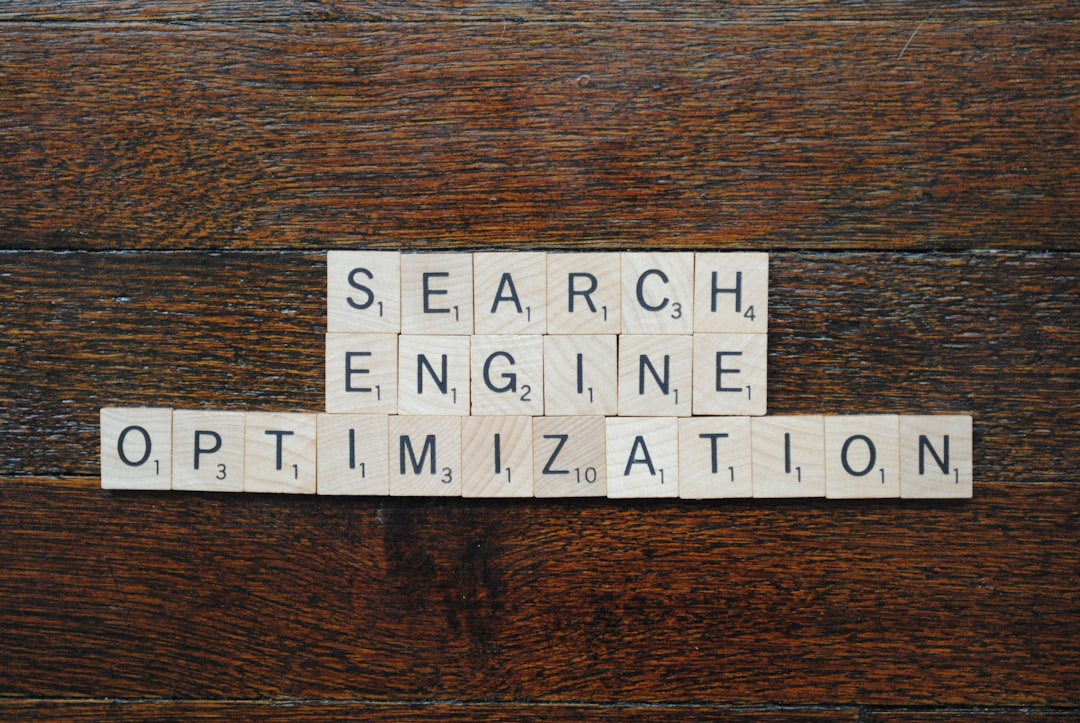The online presence of a law firm is a vital asset in today’s digital-first legal landscape. Ranking high in search engine results can significantly impact a firm’s ability to attract and retain clients. However, one major threat to maintaining top-ranking positions is the presence of toxic backlinks—inbound links from unreliable, spammy, or black-hat websites. These links can damage SEO performance and, worse, hurt the firm’s credibility. Enter artificial intelligence (AI)—a game-changing tool that law firms can use to automate and enhance the backlink evaluation process.
Contents of Post
What Are Toxic Backlinks?
Before exploring how AI can assist, it’s crucial to understand what toxic backlinks are. A toxic backlink typically comes from a website that violates search engine guidelines. Common sources include:
- Spam directories
- Link farms
- Irrelevant or low-quality blogs
- Sites with malware or adult content
Such links can lead to penalties from Google, causing your site’s rankings to plummet—something no law firm wants in a highly competitive market.
How AI Detects Toxic Backlinks
Manually sifting through hundreds or thousands of backlinks can be time-consuming and error-prone. AI excels by analyzing massive datasets quickly and identifying patterns that correspond with suspicious or harmful links.
Here’s how AI enhances backlink analysis:
- Pattern Recognition: AI tools can be trained to detect unusual link patterns, such as an unnatural surge in backlinks or a high number of links from low-authority domains.
- Spam Score Calculation: AI assesses domain reputation, content relevancy, and anchor text to calculate a toxicity score for each link.
- Machine Learning Models: The models adapt and improve over time, identifying newly emerged spam techniques and low-quality sources that human auditors may overlook.

Automated Suggestions and Removal Processes
Once toxic links are detected, the next step is removal or disavowal. AI contributes in the following ways:
- Contact Automation: AI-powered systems can automate the process of contacting webmasters to request link removal.
- Disavow File Generation: AI tools can compile a list of bad links and format them appropriately for submission to Google’s Disavow Tool.
- Tracking Efficiency: AI keeps track of removed, pending, and persistent links, offering informative dashboards to assess progress.
These capabilities minimize manual effort and reduce the chances of overlooking harmful backlinks, allowing law firms to focus on delivering quality legal services.
Why It’s Crucial for Law Firms
Unlike casual blogs or e-commerce sites, law firm websites must maintain an immaculate online reputation. Any dip in search visibility caused by toxic backlinks can directly affect client acquisition and firm credibility.
Here’s why AI is invaluable:
- Protects from SEO penalties that could lead to loss of visibility.
- Ensures brand reputation by keeping backlink profiles clean.
- Enables a proactive approach to online presence management.

AI Tools for Link Management
Some of the trusted AI-based tools used for backlink analysis include:
- SEMrush’s Backlink Audit Tool: Offers toxicity scores and backlink removal workflows.
- Ahrefs: Uses machine learning to categorize link quality and rank domains.
- LinkResearchTools: Provides advanced AI link detox analysis for SEO professionals working with high-risk domains.
By integrating one or more of these tools into their digital strategy, law firms can maintain a search-optimized, credible online presence with minimal effort.
Final Thoughts
AI is revolutionizing how law firms manage their SEO health. With its ability to swiftly identify, assess, and facilitate the removal of toxic backlinks, AI is not just an option—it’s becoming a necessity. By investing in intelligent link management solutions, law firms can secure their online standing and ensure that their website continues to be a reliable avenue for client engagement and growth.
Frequently Asked Questions (FAQ)
- Q: What is the risk of not removing toxic backlinks?
A: Failing to remove toxic backlinks can lead to search engine penalties, reduced visibility, and potentially decreased client acquisition. - Q: Can AI remove the backlinks directly?
A: No, but it can automate much of the process like generating disavow files and contacting site admins, making the process streamlined and efficient. - Q: How often should a law firm check for toxic backlinks?
A: Ideally, backlink audits should be performed quarterly or after any significant change in website traffic or ranking. - Q: Can AI also help identify good backlinks?
A: Yes, AI tools not only flag harmful links but also highlight high-quality links, helping firms focus on valuable PR and SEO partnerships.

